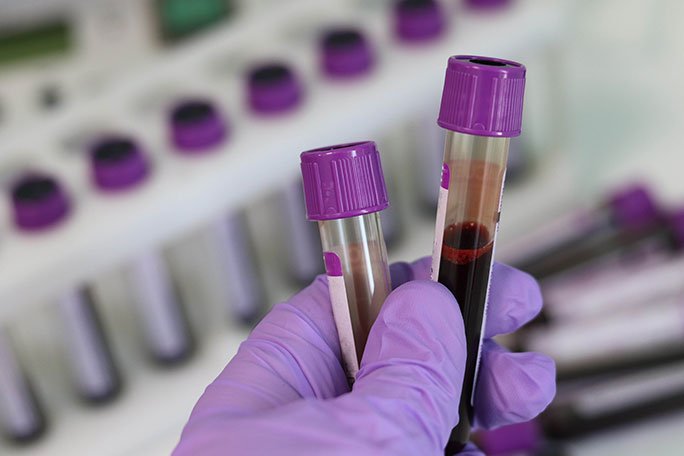Ensuring Hospitals Have Adequate Medical Devices During Natural Disasters: Key Strategies and Best Practices
Summary
- Hospitals in the United States must have a strategic plan in place to ensure they have an adequate supply of medical devices during natural disasters.
- Effective management of hospital supply chains is crucial for ensuring timely access to necessary medical equipment during emergencies.
- Collaboration with government agencies, suppliers, and other healthcare facilities is essential for hospitals to enhance their disaster preparedness and response.
Introduction
Natural disasters such as hurricanes, wildfires, and earthquakes can have a devastating impact on healthcare facilities, disrupting supply chains and hindering access to essential medical devices. Hospitals in the United States must have effective strategies in place to ensure they have an adequate supply of medical devices during emergencies. This article explores the importance of hospital supply and equipment management in disaster preparedness and outlines key steps hospitals can take to enhance their resilience in the face of natural disasters.
Challenges Faced by Hospitals in Supply Chain Management
Hospitals face several challenges when it comes to managing their supply chains, especially during natural disasters. Some of the common challenges include:
- Limited availability of medical devices: Hospitals may struggle to procure necessary medical devices during emergencies due to increased demand and disrupted supply chains.
- Logistical constraints: Natural disasters can damage transportation infrastructure, making it difficult for hospitals to receive deliveries of medical equipment.
- Communication breakdown: During emergencies, communication networks may be compromised, leading to challenges in coordinating Supply Chain activities.
Importance of Effective Supply Chain Management
Effective Supply Chain management is crucial for hospitals to ensure they can access essential medical devices during natural disasters. Key reasons why Supply Chain management is important include:
- Timely access to medical devices: A well-managed Supply Chain can help hospitals procure necessary medical devices quickly during emergencies.
- Cost-effective inventory management: Efficient Supply Chain practices can help hospitals minimize excess inventory and reduce costs associated with storing medical devices.
- Resilience and flexibility: A robust Supply Chain can enhance a hospital's ability to adapt to changing circumstances during natural disasters and ensure continuity of healthcare services.
Strategies for Hospital Supply and Equipment Management
1. Develop a Disaster Preparedness Plan
Hospitals should have a comprehensive disaster preparedness plan that includes strategies for managing their supply chains during emergencies. Key components of a disaster preparedness plan include:
- Identifying essential medical devices that need to be stocked in sufficient quantities.
- Establishing protocols for procuring additional medical devices during emergencies.
- Creating a communication plan to coordinate Supply Chain activities with suppliers, government agencies, and other healthcare facilities.
2. Collaborate with Suppliers and Government Agencies
Hospitals should establish partnerships with suppliers and government agencies to enhance their disaster preparedness and response capabilities. Collaboration with key stakeholders can help hospitals:
- Gain access to real-time information on the availability of medical devices and logistical support during emergencies.
- Coordinate response efforts with other healthcare facilities to ensure equitable distribution of medical devices.
- Receive assistance in procuring additional medical devices through government emergency response programs.
3. Implement Inventory Management Technologies
Hospitals can leverage inventory management technologies to optimize their supply chains and ensure efficient access to medical devices during natural disasters. Some key technology solutions include:
- Automated inventory tracking systems that provide real-time visibility into stock levels and reordering needs.
- Predictive analytics tools that help hospitals forecast demand for medical devices and plan their procurement strategies accordingly.
- Supply Chain automation solutions that streamline ordering and delivery processes, reducing the risk of disruptions during emergencies.
Conclusion
Ensuring hospitals have an adequate supply of medical devices during natural disasters is critical for maintaining continuity of care and safeguarding public health. By implementing effective Supply Chain management strategies, collaborating with key stakeholders, and leveraging technology solutions, hospitals in the United States can enhance their disaster preparedness and response capabilities. It is essential for hospitals to prioritize supply and equipment management in their disaster preparedness planning to mitigate the impact of natural disasters on healthcare delivery.

Disclaimer: The content provided on this blog is for informational purposes only, reflecting the personal opinions and insights of the author(s) on the topics. The information provided should not be used for diagnosing or treating a health problem or disease, and those seeking personal medical advice should consult with a licensed physician. Always seek the advice of your doctor or other qualified health provider regarding a medical condition. Never disregard professional medical advice or delay in seeking it because of something you have read on this website. If you think you may have a medical emergency, call 911 or go to the nearest emergency room immediately. No physician-patient relationship is created by this web site or its use. No contributors to this web site make any representations, express or implied, with respect to the information provided herein or to its use. While we strive to share accurate and up-to-date information, we cannot guarantee the completeness, reliability, or accuracy of the content. The blog may also include links to external websites and resources for the convenience of our readers. Please note that linking to other sites does not imply endorsement of their content, practices, or services by us. Readers should use their discretion and judgment while exploring any external links and resources mentioned on this blog.

